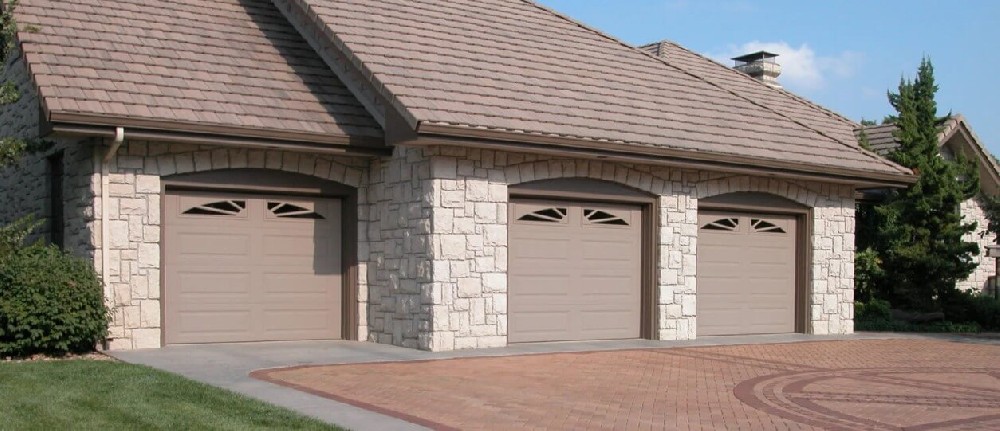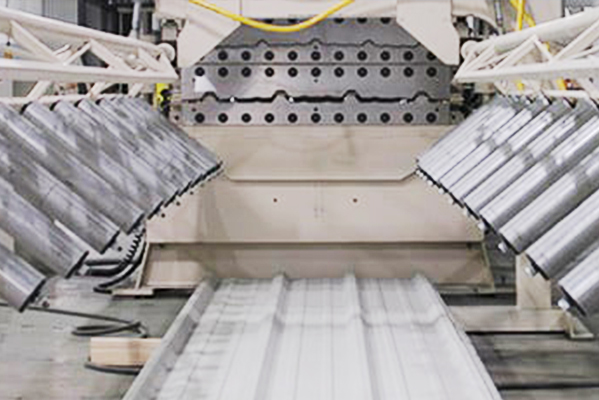Navigation Menu
Contact Us
- Email:
- info@wxavatar.com
- Address:
- Yurong Village, Yuqi Street, Huishan District, Wuxi, China.
Release Date:May 20, 2025 Visit:44 Source:Roll Forming Machine Factory
In the competitive world of metal fabrication, manufacturers constantly seek ways to improve production efficiency while maintaining quality standards. Among the various technologies available, strut roll forming lines and specialized door angle roll forming lines have emerged as valuable solutions for fabricators looking to streamline their operations. These systems offer distinct advantages that can help businesses meet growing demands while controlling costs.

Understanding Roll Forming Technology
Roll forming is a continuous bending process where long strips of metal pass through sets of rollers that progressively shape the material into desired cross-sectional profiles. Unlike other metal forming methods, roll forming provides consistent results with minimal material waste.
Strut roll forming lines specifically produce metal framing components used in construction, electrical systems, and industrial applications. These systems can create various strut channel profiles with precision and speed that traditional fabrication methods struggle to match.
The Role of Door Angle Roll Forming Lines
Specialized door angle roll forming lines focus on producing the precise angles and profiles required for door frames and related architectural components. These systems offer several benefits:
Consistent profile dimensions throughout long production runs
Reduced material handling compared to multiple-step fabrication processes
Lower labor requirements per unit produced
Minimal setup time between production runs of different profiles
Efficiency Advantages of Roll Forming Systems
Modern strut roll forming lines and door angle roll forming lines incorporate features that enhance production efficiency:
High Production Speeds
Roll forming operates as a continuous process, allowing for faster output compared to manual or press brake operations. Many systems can produce between 30 to 150 feet per minute depending on material thickness and profile complexity.
Reduced Secondary Operations
Many roll forming lines integrate punching, notching, and cutting operations in-line, eliminating separate processing steps. This integration significantly reduces handling time and potential errors.
Material Utilization
The continuous nature of roll forming minimizes material waste at starts and stops. Precise control systems ensure optimal use of coil stock, reducing scrap rates.
Labor Efficiency
Automated roll forming systems require fewer operators than traditional fabrication methods while producing higher volumes. This allows skilled workers to focus on quality control and system optimization rather than repetitive manual tasks.
Quality Considerations
Beyond efficiency gains, strut roll forming lines and door angle roll forming lines contribute to product quality:
Consistent dimensional accuracy across entire production runs
Uniform mechanical properties due to controlled forming process
Clean edges and surfaces without the marks often left by alternative methods
Repeatable results from batch to batch
Implementation Factors
Businesses considering roll forming technology should evaluate:
Anticipated production volumes to justify equipment investment
Range of profiles needed and required changeover flexibility
Available floor space for the complete line including material handling
Technical support and service availability from equipment providers

Conclusion
Strut roll forming lines and specialized door angle roll forming lines offer metal fabricators proven methods to enhance production efficiency. By combining high output rates with consistent quality and reduced labor requirements, these systems provide a competitive advantage for manufacturers serving construction, architectural, and industrial markets. As demand for precision metal components grows, roll forming technology continues to demonstrate its value in modern fabrication operations.